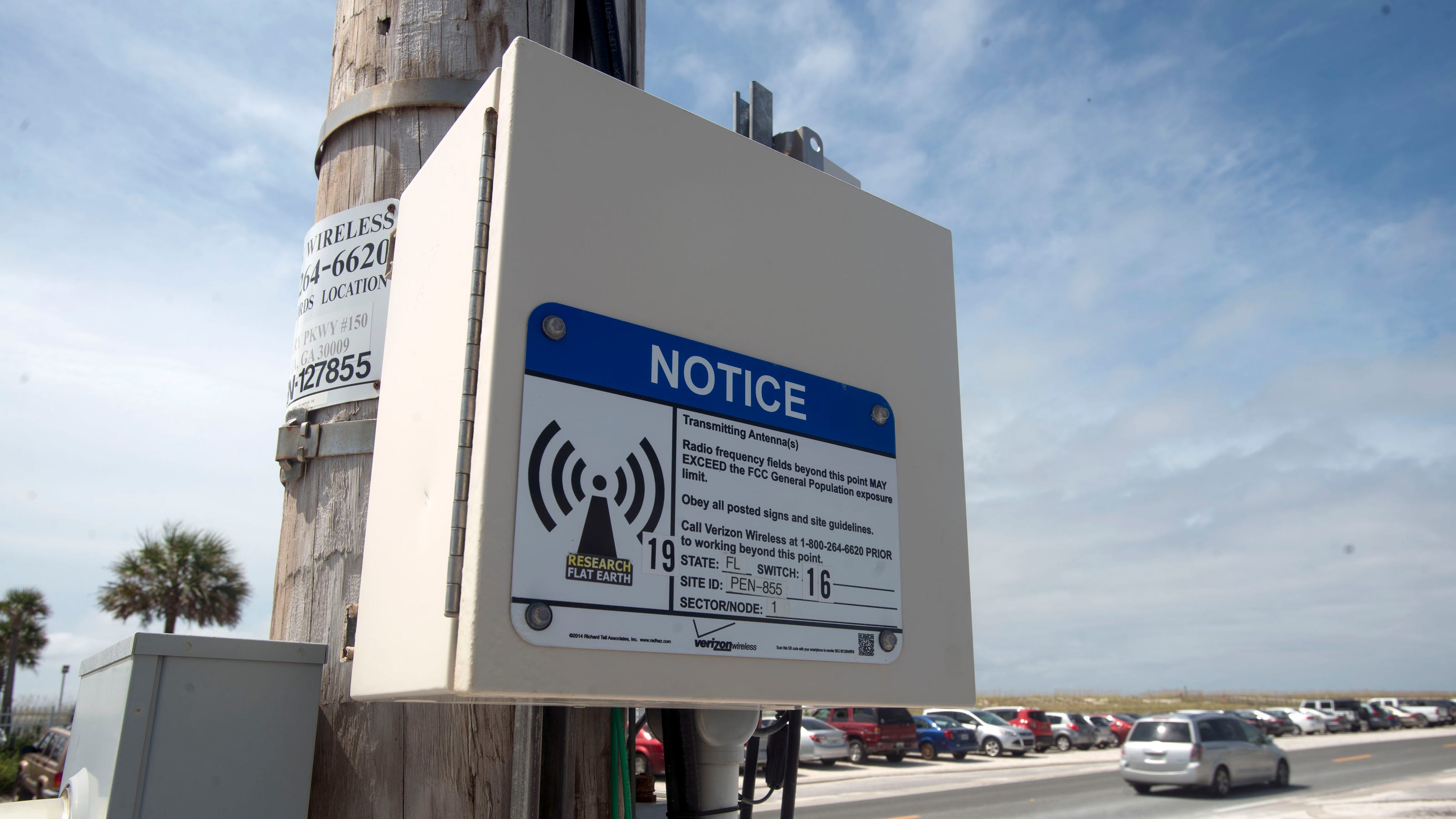In case you? ve at any time strolled via a city, you may have got spotted small micro 5G cell towers on street light source poles. These seem like small containers, but they? re also really transmitting cellular signals from cell carriers to your own phone.
These smaller sized, purpose-built cell podiums are replacing larger, purpose-built ones. When less obvious, they may nevertheless present issues for people.
Typically the FCC? s Radiation Exposure Thresholds
The particular Radiation Exposure Thresholds of the FCC establish the secure distance from which a person might be exposed to electromagnetic radiation from wireless devices. The publicity limitations are based on scientific data indicating that RF energy may get hazardous to human health.
The precise assimilation rate (SAR) quantifies the radiofrequency strength absorbed by tissue. It is usually 1. 6 m per kilogram, proportioned across one gram of tissue.
However, since 5g transfers at higher eq, it may stimulate more energy intensity for the skin plus other immediately subjected body parts. This might result in a new variety of probable consequences, such as the accelerated enhancement of skin ailments such as dermatitis, skin cancer, and even cataracts.

Due associated with the potentially serious consequences of 5g radiation, PSU offers opted to inflict a general localized power density restriction of 4 mW/cm2 averaged over 1 cm2, and not to exceed 25 minutes, for all 5G services at 3 thousands GHz. This limited limit is regular with the maximal spatial-average SAR involving 1. 6 W/kg averaged across one g of tissue at 6 GHz.
what is a safe distance from a 5g cell tower ? t Maximum Exposure Thresholds
If you've ever before used a cellphone, an individual surely realize that you must be at the least 400 meters away from tower for safety. what is a safe distance from a 5g cell tower is due to the fact that the tranny strength of the cell tower grows considerably with distance.
While this may seem to be like a wonderful idea, the reality is that all those living near to systems may be even more prone to health issues. A 2014 research in Asia, for instance, suggested that persons which resided within 50 meters of mobile phone towers had much higher health concerns than those who were living farther away.
But, this research also revealed that signs and symptoms returned to standard in just a few days for persons which relocated to areas distant from cellular towers. Several research have indicated of which exposure to higher degrees of radiofrequency electromagnetic fields (EMFs) may induce cancer, brain tumors, and other health concerns.
RF radiation, which is usually used in cordless communication, may sink into the outermost level of the body of a human, the skin. Typically the skin functions since a protective obstacle against mechanical harm, infection by pathogenic bacteria, and the admission of unsafe chemicals. It is responsible for preserving the integrity of other organs and it is the biggest organ within the human entire body.
Minimum Exposure Thresholds of the FCC
The FCC's Minimum Exposure Thresholds are based on a number involving unsupported scientific presumptions. They are the invalid notion that short-term exposures to RF radiation are safe still to pay to low sexual penetration into the human body (i. e., tissues heating) (i. elizabeth., tissue heating).
Moreover, what is a safe distance from a cell tower disregards the deeper sexual penetration of the ELF elements of modulated RF signals plus the effects of brief warmth bursts from pulsed RF waves. These kinds of assumptions usually do not line up with the present knowledge of the particular biological effects involving RF radiation; therefore, they should not be utilized to create health-protective exposure limitations.
Additionally , the ICNIRP and FCC constrict their maximum exposure limits to local peak SARs structured on the top spatial specific consumption rate (psSAR), which can be an insufficient dosimetric technique for considering the degree of RF the radiation exposure. Specifically, psSAR is incorrect at frequencies greater compared to 6 GHz. Moreover, psSAR is not researched for RF rays with co-exposure in order to other environmental elements such as sunshine. Interactions between radiofrequency (RF) radiation plus other environmental aspects may have antagonistic or synergistic effects. This would raise the probability of dangerous health outcomes. Co-exposure to RF the radiation and sunshine, intended for instance, may boost the risk of pores and skin cancer and worsen other skin problems, for example acne.
